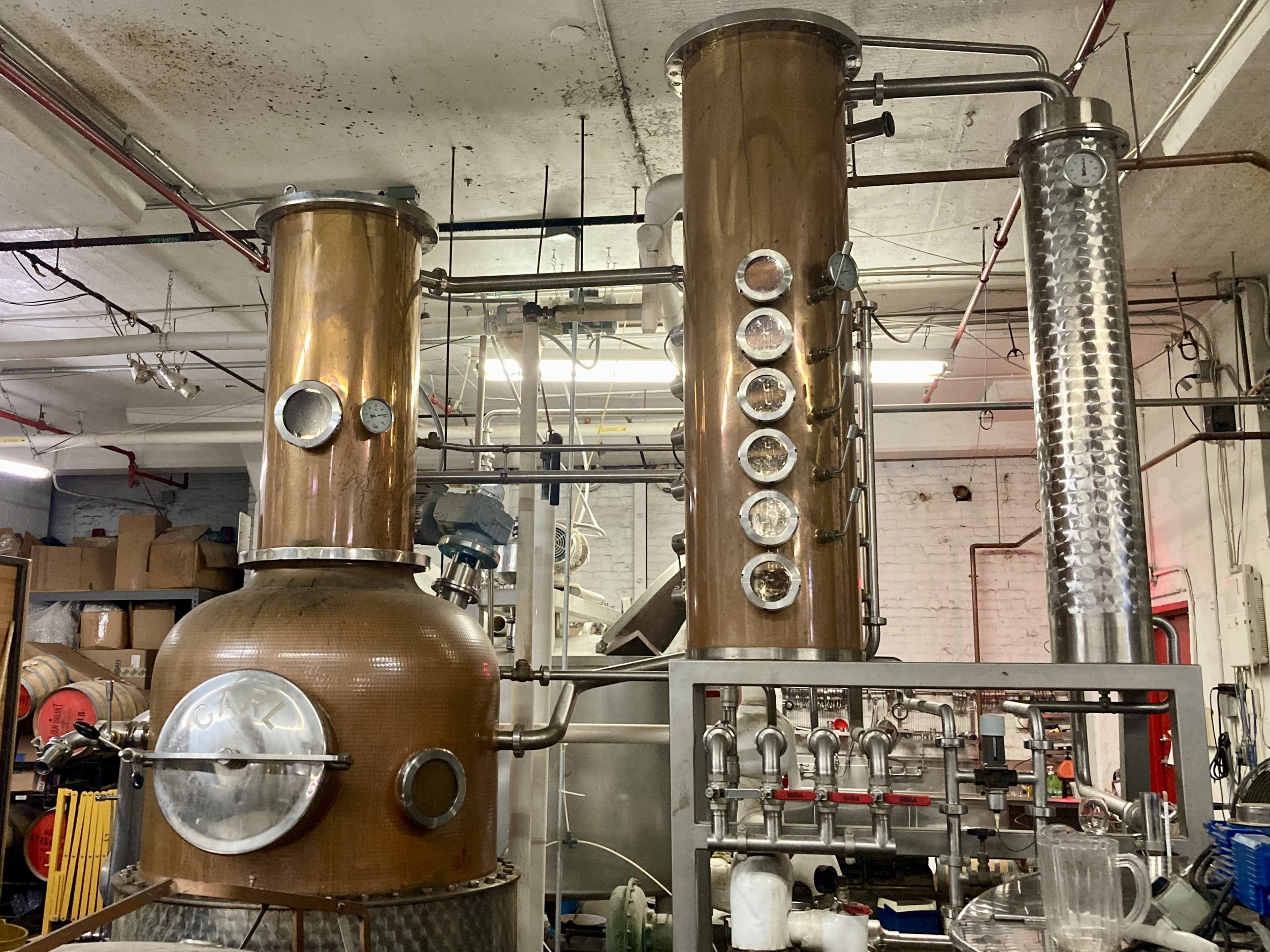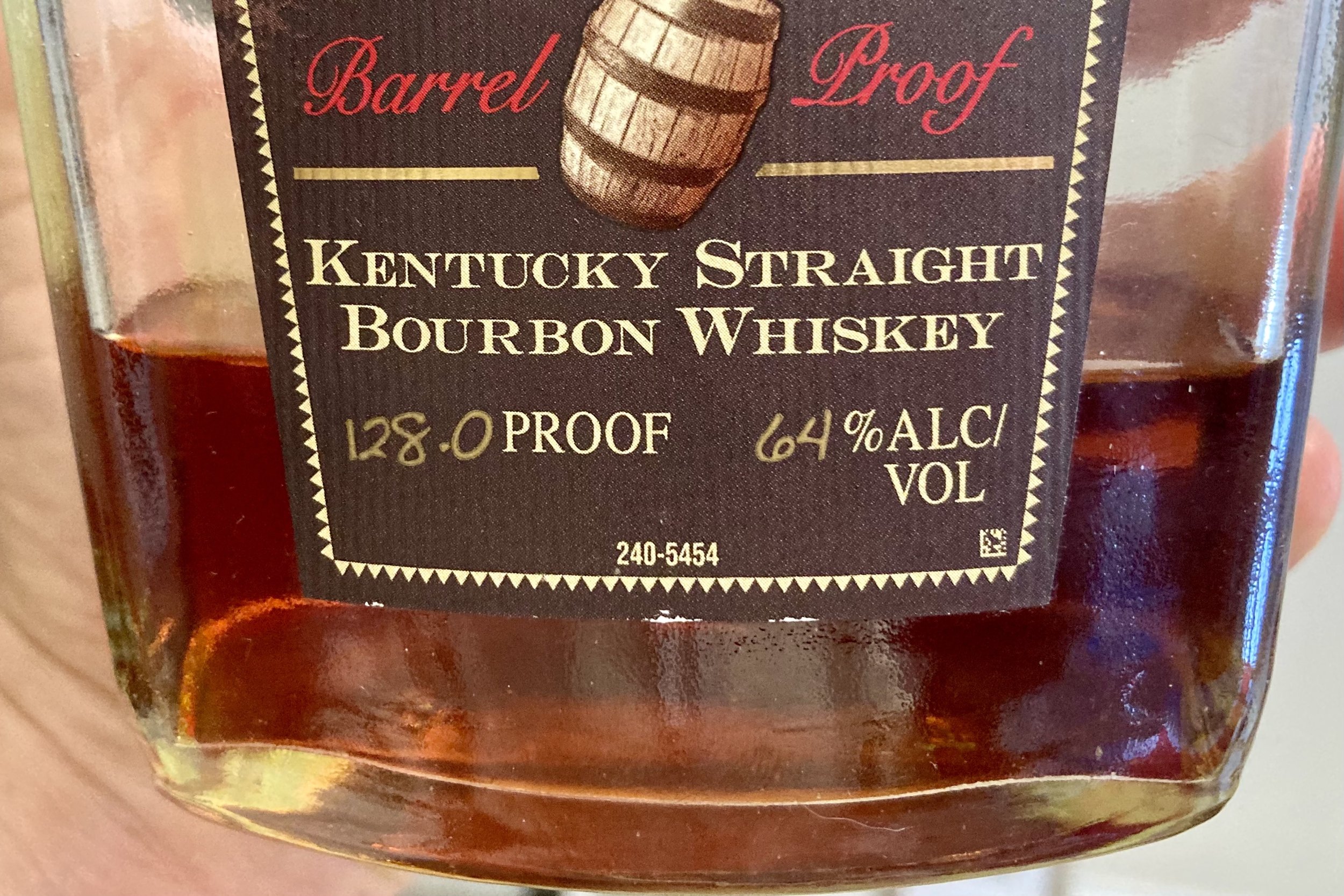Whisk(e)y
With an “e” or without an “e”.
That is the question.
In fact, it’s one of the more controversial questions in the industry.
The general rule-of-thumb now-a-days is that if it originates in Ireland or the USA, it’s “whiskey.” Everywhere else, it’s “whisky.” Luckily, there’s a little trick to help you remember: If a country has an “e” in its name (United States and Ireland), it’s whiskey. All others (Scotland, Japan, Canada, Taiwan, Australia, India, etc.) are whisky.
Like all good rules, there are exceptions! And it’s typically us Americans who deviate. For instance, George Dickel, Makers Mark, Old Forester and Rittenhouse Rye all use the “whisky” spelling for different reasons. Makers Mark uses the Scottish spelling of whisky as a nod to their creator’s, T. William Samuels Sr., Scottish heritage. Similarly, George Dickel used this spelling because he believed his whisky was smooth and mellow like Scotch. Old Forester was produced before the “whiskey” spelling became mainstream in the US. Rittenhouse rye was originally produced by the Continental Distilling Corporation in Philadelphia, where they chose to drop the “e” for their rye (but they kept the “e” for their bourbon). When Heaven Hill purchased the rights to Rittenhouse in the 1980s they kept that spelling.
The “whiskey” spelling is believed to have begun as a marketing ploy as a way for Irish distillers to distinguish their spirit from their neighbors in Scotland.
In the 19th century, an Irish inventor and distiller named Aeneas Coffey created the “Coffey still” (also known as the column or continuous still). Though this still was originally invented in Ireland, it didn’t catch on very well with seasoned Irish distillers, who were accustomed to their pot stills. At this time, Scotland was not quite as established in their distillation ways as the Irish and the Coffey still became extremely popular.
The Coffey still allowed Scotish distillers to produce at a much larger quantity of whisky albeit at a lower quality. Whiskies produced using continuous stills (called grain whiskies in Scotland) have a higher alcohol content than pot still whiskies, and therefore have fewer “whisky characteristics”, more closely resembling vodka. The Irish distillers decided they did not want their spirit to be associated with the “lower-quality” grain whisky made in Scotland, so they differentiated themselves with the infamous “e”.
It was purely for marketing purposes! As the story goes, the Thomas Street Distillery founded by Peter Roe was the first distillery to add an “e” to whiskey. This spelling spread to other Irish distilleries and was then carried over by the Irish immigrants to America.
Ultimately, the answer to this never-ending question is: it’s up to the distillery making the whisk(e)y to decide how they want to spell it, and it’s up to the government to approve the spelling on the label.
Fun fact: The US Alcohol and Tobacco Tax and Trade Bureau always uses the “whisky” sans “e”.











